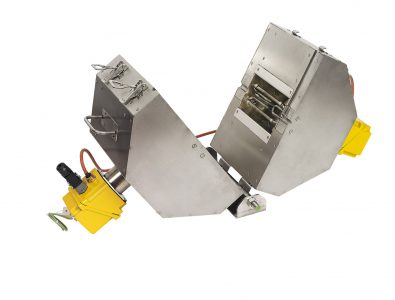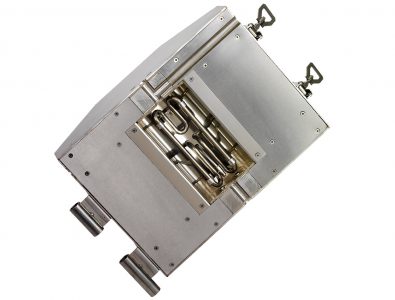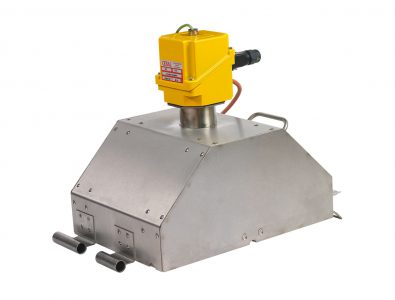Split-oven heating systems for tubular reactors
Technical description
The principle of CETAL split-oven heating systems is their tight fit around OD of a tubular reactor for direct heat transfer and controlling the desired temperature profile in different zones or sections of that reactor.
This “tight” fit will also minimize the presence of gases between the inside of heating blocks and OD of reactor for a safer operation.
Each heating zone consists of 2x half-zones, hinging on back side on vertical axis and easy opened/closed with clips on front side, allowing quick cooling down & access to reactor for change-out.
Alternative configurations of these CETAL split-oven heating systems:
- Half-zones are stacked one above the other in 2x (half) stainless steel jackets which are hinging on the back side and opened/closed on the front side; drawing on right shows 5x half heating zones plus on top & bottom 2x half insulations zones around a single tubular reactor.
- Half-zones are stacked one above the other and are each hinging on back side and each separately opened & closed on front side, allowing you to open at choice only 1x or more, while the other zones remain closed; photo below right shows 3x 2 half heating zones plus on top (1x) & bottom (2x) 2x half insulations zones.
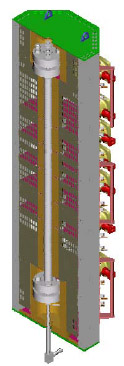
Operating temperature (max 800°C) determining the MOC of heating blocks (alu, bronze, cupro-nickel, etc.) and necessary capacity (x Watt) per half zone.
- Data required for design :
- The length, diameter and geometry of the tubular reactor.
- Required height per heating zone (standard max 350 mm); though equal heights are more cost effective, you can specify different zone heights.
- Characteristics :
- The CETAL heating elements are molded into the block during manufacture.
- The straight reactors are the simplest. For other shapes, we can adapt the internal geometry of the heating blocks.
- For single (mono) reactor or dual (duo) reactors in parallel.
- Each half zone is supplied with a connection box that can be certified ATEX (Exd IIC, IP67).
- A thermal insulation of ceramic fiber type is installed between the blocks and the chassis.
- If desired, bottom zones can be equipped with roller bearings for easy closing/opening.
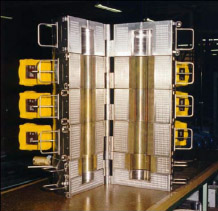
- Example of 3-zone split-oven heating system in 2x SS half-jackets for single reactor (OD 12.7mm), reactor length 270mm, max T 550°C and connection boxes Exd IIC ex-proof/IP67
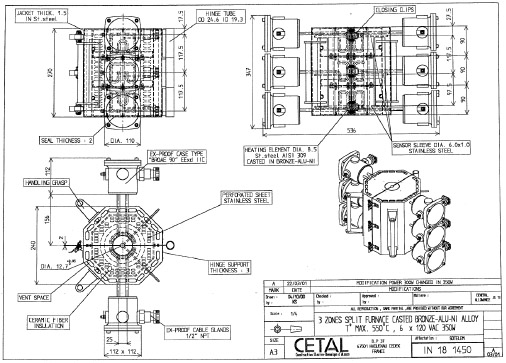
- Below top view of 1x heating zone for double (duo) reactor, part of 5-zone split-oven heating system in 2x SS half-jackets and standard ORPM connection boxes.
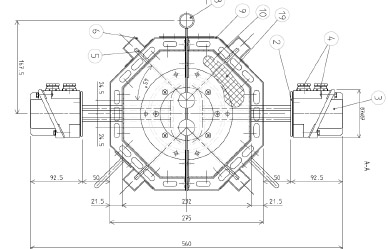
- Example of 4-zone split-oven heating system in 2x SS half-jackets for single not straight reactor with different inlets for thermocouples and other purposes for which we needed to adapt the inside geometry of the heating blocks along the whole reactor length.
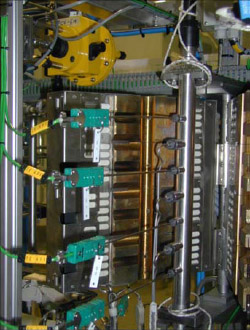 |
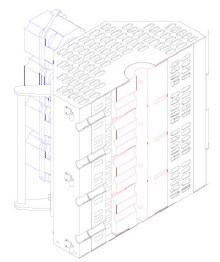 |
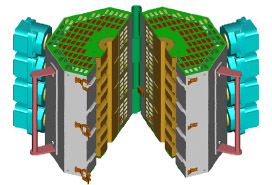 |
- In addition to above illustrations, below photos will give you an idea about the range of tubular reactor lengths which you can cover with these unique Cetal split-oven heating systems
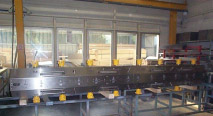 |
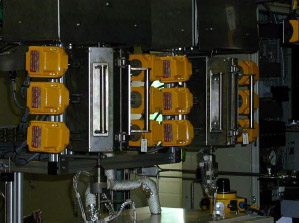 |
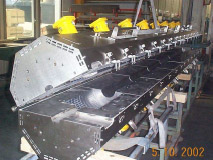 |
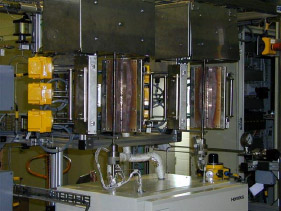 |
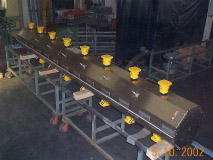 |
- Example of temperature measurement with the differnt sensors illustrating the homogeneous temperature
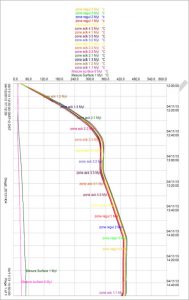 |
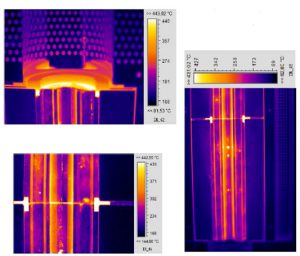 |

